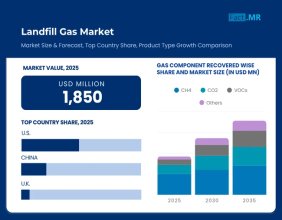Highlights
- Northern Cities Lead Growth: Stoke-on-Trent, Oldham, and Bradford top the charts with house price increases of 17.2%, 14.6%, and 13.1%, respectively.
- London Stagnates: Many London boroughs and South East areas see falling or minimal house price growth, reflecting affordability challenges.
- Yorkshire and Northern Ireland Outperform: Yorkshire and the Humber lead England with a 6.4% rise, while Northern Ireland records the strongest UK growth at 10.6%.
The UK housing market in 2024 exhibited a clear divergence in regional performance, with northern cities outpacing their southern counterparts in house price growth. Data from Halifax, part of Lloyds Banking Group PLC (LSE:LLOY), underscores the shifting dynamics of affordability and demand.
Northern Cities Dominate Price Growth
Northern regions stole the spotlight, with Stoke-on-Trent, Oldham, and Bradford experiencing the most substantial price hikes of 17.2%, 14.6%, and 13.1%, respectively. Stoke, which had previously seen the largest price fall in 2023, emerged as a standout performer, demonstrating a significant turnaround.
Yorkshire and the Humber led England with a 6.4% annual rise, closely followed by the West Midlands at 6.3%. On a broader scale, Northern Ireland recorded the strongest growth across the UK, at 10.6%, further emphasizing the appeal of more affordable regions.
Southern England Faces Stagnation
In stark contrast, London and the South East lagged behind. The South East saw average house price growth of only 1.8%, with multiple areas recording price declines. London boroughs such as Ealing, Southwark, and Westminster ranked among the worst-performing locations, reflecting affordability pressures and shifting buyer priorities.
Amanda Bryden, Halifax’s head of mortgages, attributed the stagnation in these regions to the high house price-to-wages ratio, which sits at 8.22 in London compared to the national average of 6.55.
“Relatively high property prices are stretching affordability for buyers or influencing what they are willing to pay,” Bryden said.
Notable Exceptions in Regional Patterns
While the broader southern market experienced sluggish growth, areas like Slough bucked the trend with a 14.9% increase. Slough’s affordability, coupled with its connectivity via the Elizabeth Line, has made it a hotspot for first-time buyers, who accounted for 73% of purchases.
However, some northern locations also experienced setbacks. Huddersfield, a top performer in 2023 with an 8.7% rise, saw the steepest fall in 2024, with prices declining by 6.6%.
Shifts in Buyer Behavior and Market Dynamics
Bryden highlighted how buyers are gravitating toward more affordable regions where house prices remain below the national average. Areas like Wolverhampton and Dunfermline benefited from this trend, aligning with the broader narrative of affordability driving demand.
She also noted that in southern regions, particularly around London and the South East, high entry costs have suppressed growth. First-time buyers and families continue to find these areas less accessible, with robust demand focused on outlying towns such as Basingstoke and Maidstone.
Outlook and Broader Implications
The report signals a potential realignment in the UK housing market as affordability and cost-of-living pressures shape buyer preferences. With Northern Ireland and parts of northern England offering more growth potential, they remain attractive to those seeking value and upward price momentum.
As the divide between northern and southern regions widens, local market conditions and affordability will play a decisive role in shaping future trends.





